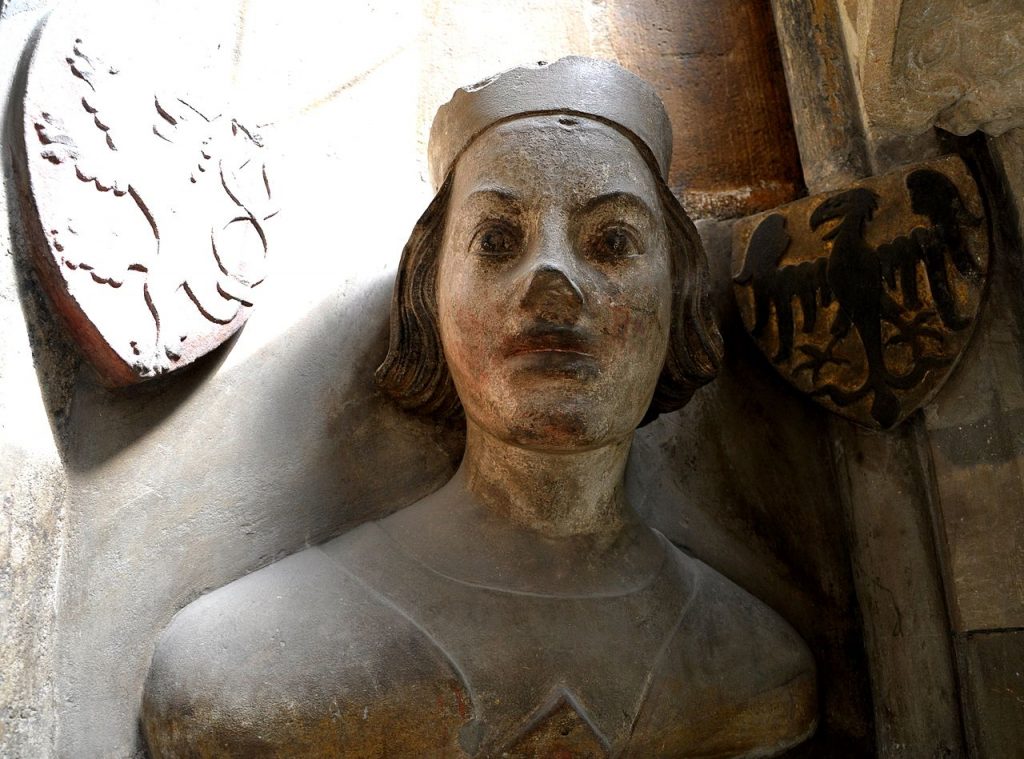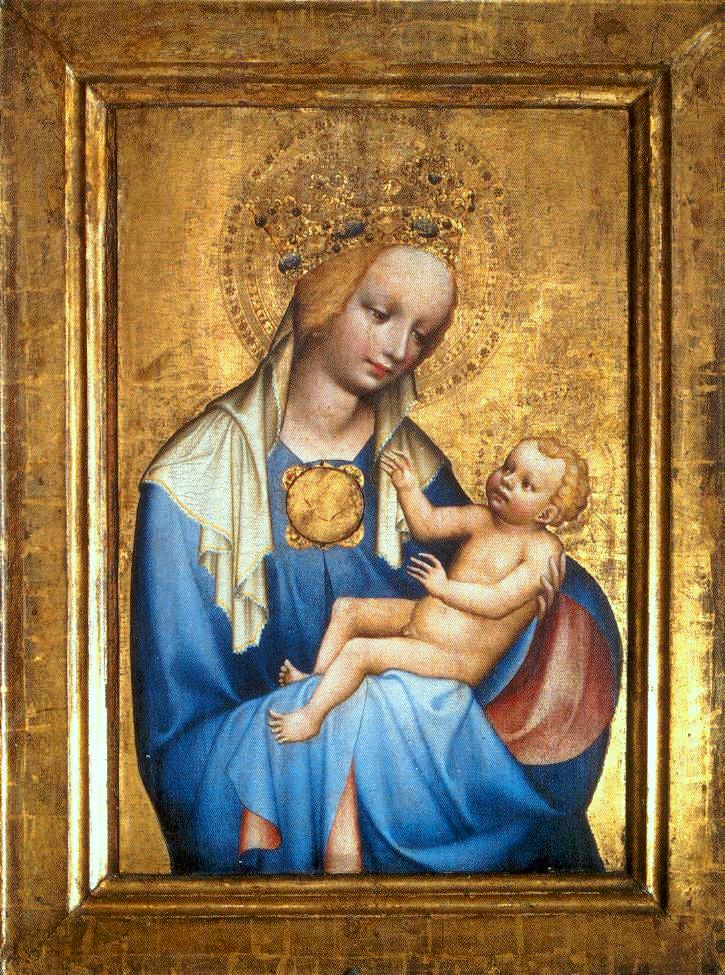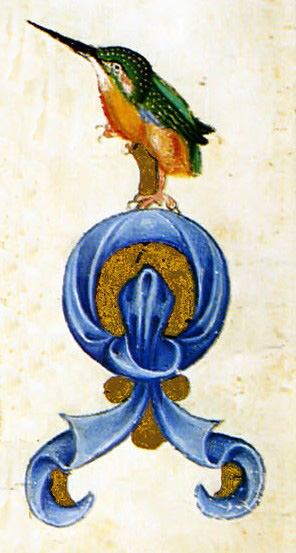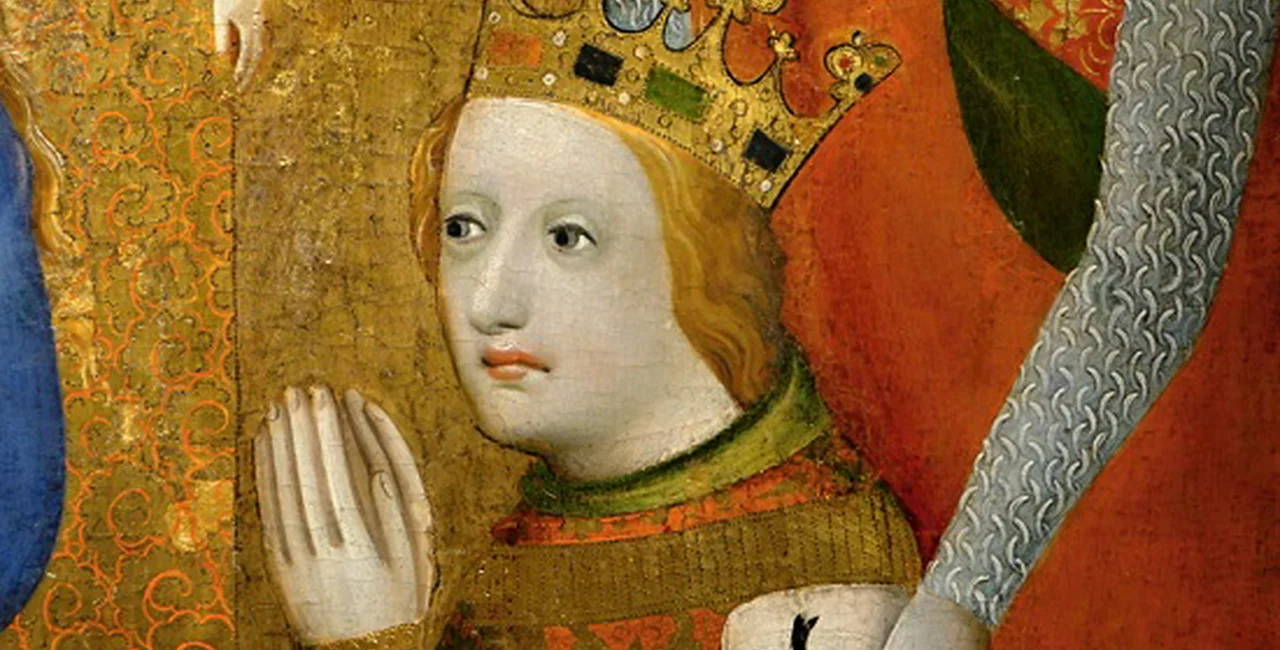An exhibit dedicated to the son of the Holy Roman Emperor Charles IV, Václav IV (1361-1419) and the art of his time opens at the Prague Castle Imperial stables on Friday, August 16. Václav IV ruled Bohemia at the turn of the 15th century; in 1376 he was crowned king of the Holy Roman Empire.
This year marks the 600th anniversary of his death in 1419 of a heart attack during a hunt in the woods surrounding his castle Nový Hrad at Kunratice. The king’s sudden demise left the country in a political crisis that was followed by almost two decades of conflict known as the Hussite Wars.

The aim of the exhibition is to commemorate the personality of the monarch and his court at Prague Castle as well as the Bohemian contribution to an artistic school known as the “Beautiful Style,” which came into prominence in the 14the century and celebrated beauty and sensuality in the form of applied art, sculpture, panel painting, tapestry, stained glass, and illuminated manuscripts.
During the era, Wenceslas IV commissioned the Wenceslas Bible, a multi-volume illuminated biblical manuscript written in the German language. It was made in Prague in the 1390s. The Wenceslas Bible is precious not only because of its text, which is one of the earliest German translations of the Bible but also because of its splendid illuminations.
Notable painters of the time include Master Theoderic and the Master of the Třeboň Altarpiece in Bohemia.

Visitors can expect to see magnificent examples of applied art, sculpture, and panel painting on loan from international and domestic collections including ostensoria, reliquaries, tiles, burial gowns, the Humboldt University’s mace, a drinking horn from Dresden, and a unique saddle from the Metropolitan Museum in New York.
The sculptural exhibits include the Man of Sorrows from the Old Town and New Town Halls, the Crucifixion from the Dumloser Chapel from the National Museum in Warsaw, and the Madonna of Kruzlow from the National Museum in Krakow.

Hluboká’s Adoration panel painting, St Vitus’ veraison, and the torso of prophets from Kremnica will also be on display; book creation, illuminated manuscripts, and illuminations will be widely represented in a separate section of the exhibition.
The exhibition runs through November 3, 2019. More details can be found at Prague Castle’s official culture site.












 Reading time: 2 minutes
Reading time: 2 minutes 



























